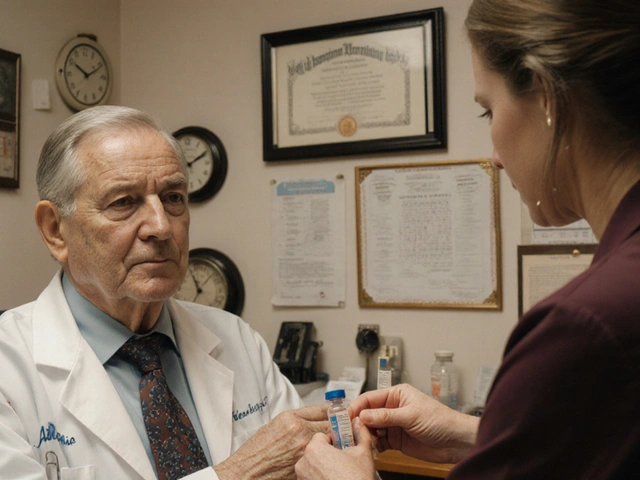Altitude Illness Treatment
Getting sick at altitude can ruin a trip fast. The three big problems are acute mountain sickness (AMS), high-altitude pulmonary edema (HAPE), and high-altitude cerebral edema (HACE). Simple measures often work—slow your climb, hydrate, and know when to descend. This page gives straightforward, practical steps you can use right away.
Quick steps to manage altitude sickness
Spot symptoms early: headache, nausea, dizziness, poor sleep and shortness of breath are common for AMS. For HAPE watch for increasing breathlessness, cough with frothy sputum, and extreme tiredness. For HACE look for confusion, unsteady walking, severe headaches, or odd behavior.
If symptoms are mild: stop climbing and rest for 24–48 hours. Avoid alcohol and sedatives. Drink water and eat simple carbs. Try sleeping at the same or lower altitude before pushing higher.
If symptoms worsen or don’t improve fast: descend 300–1,000 meters (1,000–3,000 feet) right away. Descent is the fastest and most reliable cure for serious altitude illness. If descent isn’t possible, get supplemental oxygen and consider emergency medications while arranging evacuation.
Medicines and when to use them
Acetazolamide (Diamox) helps prevent and shorten AMS. A common preventive dose is 125 mg twice daily starting a day before ascent and during climb. For treatment, 250 mg twice daily is often used. It speeds breathing and helps with acclimatization, but it can cause tingling and frequent urination.
Dexamethasone treats brain swelling (HACE) and severe AMS symptoms. Typical dosing: 4 mg every 6 hours or 8 mg at first, then 4 mg every 6 hours. It’s lifesaving short-term, but you still need to descend as soon as possible.
Nifedipine helps with HAPE by lowering the pressure in lung vessels. Slow-release nifedipine 30 mg every 8–12 hours is commonly used under medical advice. Supplemental oxygen and descent remain top priorities.
Portable hyperbaric bags (portable chambers) can buy time if you can’t descend immediately. They mimic being at lower altitude and often reverse symptoms temporarily.
Before travel, talk to your doctor if you have heart or lung disease, previous severe altitude illness, or pregnancy. Practice “climb high, sleep low” when possible and allow rest days for acclimatization. Consider acetazolamide for planned rapid ascents or if you know you’re sensitive to altitude.
Carry a pulse oximeter to track oxygen saturation, but don’t rely on numbers alone—how you feel matters more. If someone has confusion, loss of coordination, severe breathlessness, or coughing up frothy sputum, treat it as an emergency and get down quickly.
Preparedness beats panic. Slow ascent, simple prevention, and fast descent for warning signs will keep most people safe and enjoying high places.

The Future of Mountain Sickness Research and Treatment
Hey there, fellow mountain enthusiasts! Soaring to new heights isn't without its challenges, and altitude sickness is a hurdle we all might encounter. I've been delving into the future, uncovering the latest breakthroughs and potential cures that can make our ascents safer. We're talking cutting-edge research and next-gen treatments that promise to keep those dreaded symptoms at bay. Join me as we explore the advancements that could revolutionize our high-altitude adventures and ensure that our mountain experiences remain exhilarating, not nauseating.
Health and WellnessLatest Posts
Tags
- online pharmacy
- medication
- dietary supplement
- side effects
- online pharmacy UK
- medication safety
- mental health
- impact
- online pharmacies
- dosage
- skin health
- health
- pain relief
- dietary supplements
- massage therapy
- medication side effects
- eye inflammation
- health benefits
- mental health treatment
- thyroid medication




